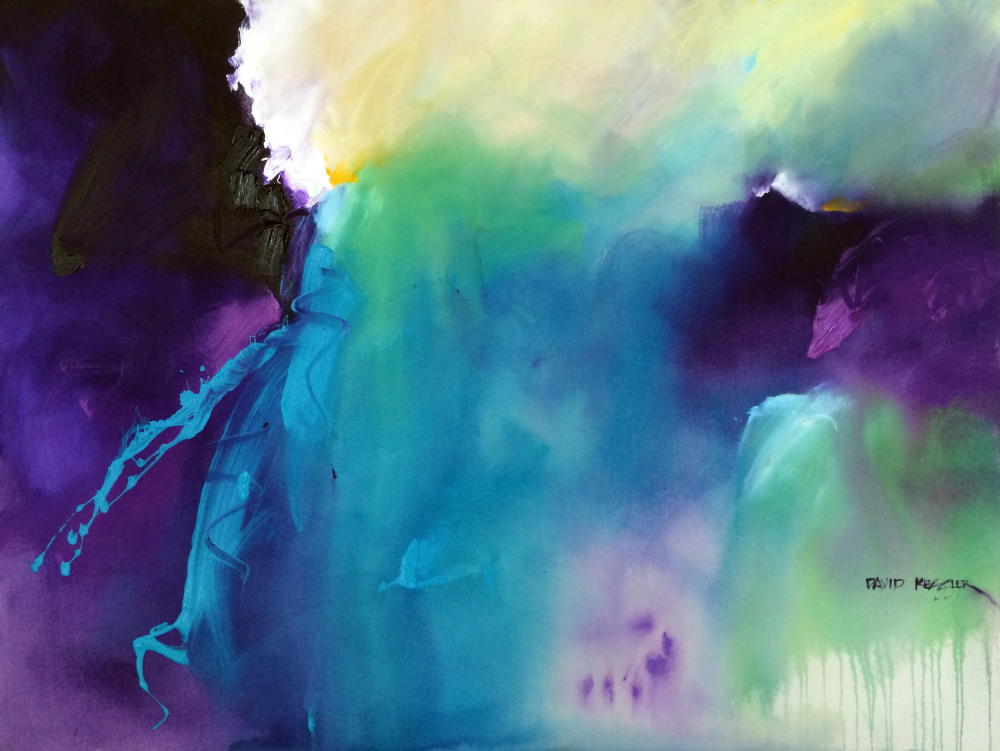De-Mystifying Abstract Paintings
/Last week in my gallery at the First Friday Gallery Hop a young fellow said to me: "I just don't GET abstract paintings." At the time I wasn't sure how to respond to the comment. After some thought on the subject I decided to illustrate parallels between my more representational work and my abstract work in hopes it will provide some understanding for those who may not GET abstract painting.
Read More





